
Children’s
Orthodontist Austin TX

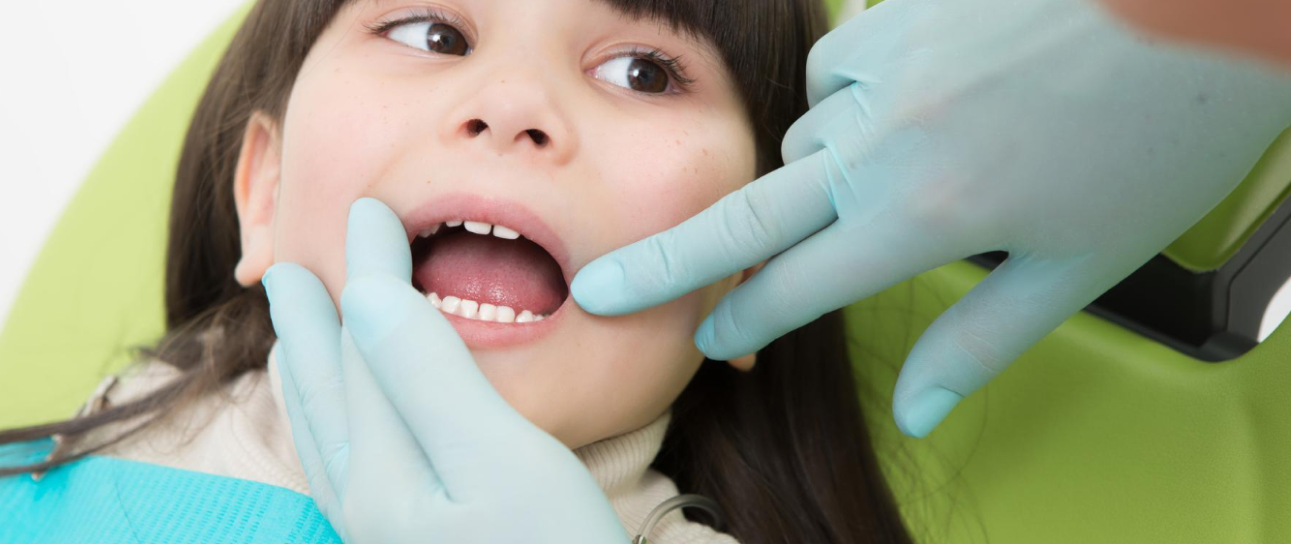
Give Your Child a Lifetime of Smiles
Your child needs properly aligned teeth and jaws for a healthy, lasting smile. While the right age for orthodontic treatment varies, Dr. Jhon Dhoe and the American Association of Orthodontists recommend a first visit around age seven.
What is Early Treatment?
Early treatment at Best Orthodontics may prevent or intercept more serious problems from developing and may make treatment at a later age shorter, simpler, and less expensive. In some cases, Dr. John Dhoe will be able to achieve results that would be much more difficult to achieve if the face and jaws finish growing.
When is the Best Time for Treatment?
While the age that kids get braces may vary, orthodontic treatment in Northwest Austin mainly starts between the ages of 9 and 14, because some orthodontic problems are easier to correct if they’re treated early.
Role of a Children’s Orthodontist
Importance of Early Orthodontic Intervention
Early orthodontic treatment, or interceptive orthodontics, addresses dental issues at an early stage to prevent serious problems later. Benefits include:
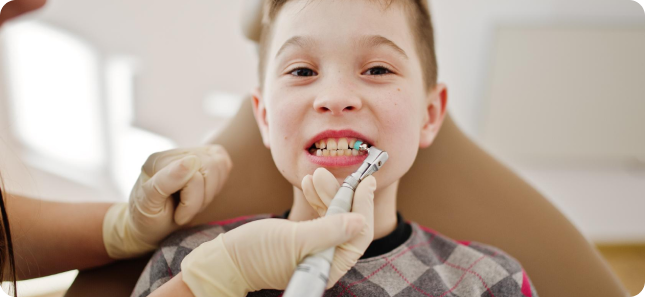
Preventing severe
dental issues
A healthy, bright smile can make you feel good about yourself and make a positive impression on others.
Improving appearance
and confidence
Early treatment saves time, money, and discomfort.
Enhancing oral health
Aligned teeth are easier to clean, reducing the risk of cavities and gum disease.
Benefits of Children’s
Orthodontic Treatment
Improved Oral Health and Hygiene
Enhanced Speech Development
Prevention of Future Dental Issues
Boosted Confidence and Self-Esteem
Understanding Children’s
Orthodontic Treatment
Braces
Braces feature brackets on each tooth connected by an archwire.
Aligners
These are clear, plastic trays that fit over the teeth.
Retainers
These are used after braces or aligners to keep the teeth in their new position.
Space maintainers
These are used when a child loses a baby tooth prematurely.
Importance of Early Evaluation
The American Association of Orthodontists recommends an initial orthodontic evaluation by age seven. Early detection of issues like overcrowding or bite problems can simplify treatment and prevent future complications.
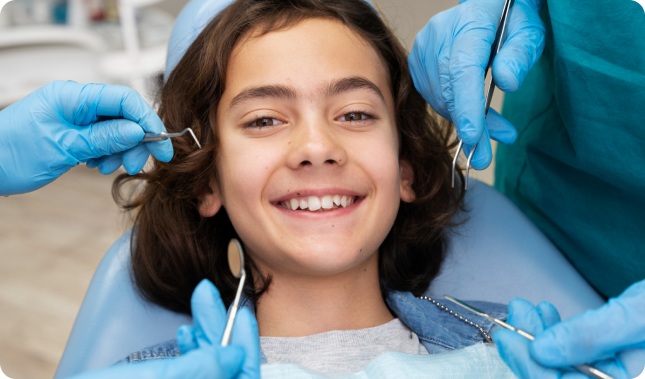
Treatment Process
Consultation
Includes examination, X-rays, and impressions.
Appliance Placement
Orthodontic devices are fitted based on the treatment plan.
Follow-ups
Regular adjustments to monitor and ensure progress.
Retention
A retainer is often used after treatment to maintain results.

Appointment Duration and Frequency
The duration and frequency of orthodontic appointments vary depending on the type of appliance used and the severity of the dental issue. Typically, braces need to be adjusted every four to six weeks, while aligners are usually changed every two weeks. Appointments generally last between 30 to 60 minutes. The total treatment time can range from six months to three years or more, depending on the individual case.
Common Orthodontic
Issues in Children

Overbite, Underbite, Crossbite, and Spacing Problems
Crooked or Misaligned Teeth
Caused by genetics, thumb sucking, or accidents. Misaligned teeth can lead to difficulty in cleaning, increasing the risk of tooth decay and gum disease.
Crowding or
Spacing Issues
Crowding occurs when there is insufficient space for teeth, making cleaning difficult and increasing the risk of tooth decay. Spacing issues can cause food to get stuck between teeth, also contributing to decay.
Thumb Sucking and Other Oral Habits
While common in young children, prolonged thumb sucking can cause misalignment of teeth and changes to the roof of the mouth.
Orthodontic Treatment Options for Children
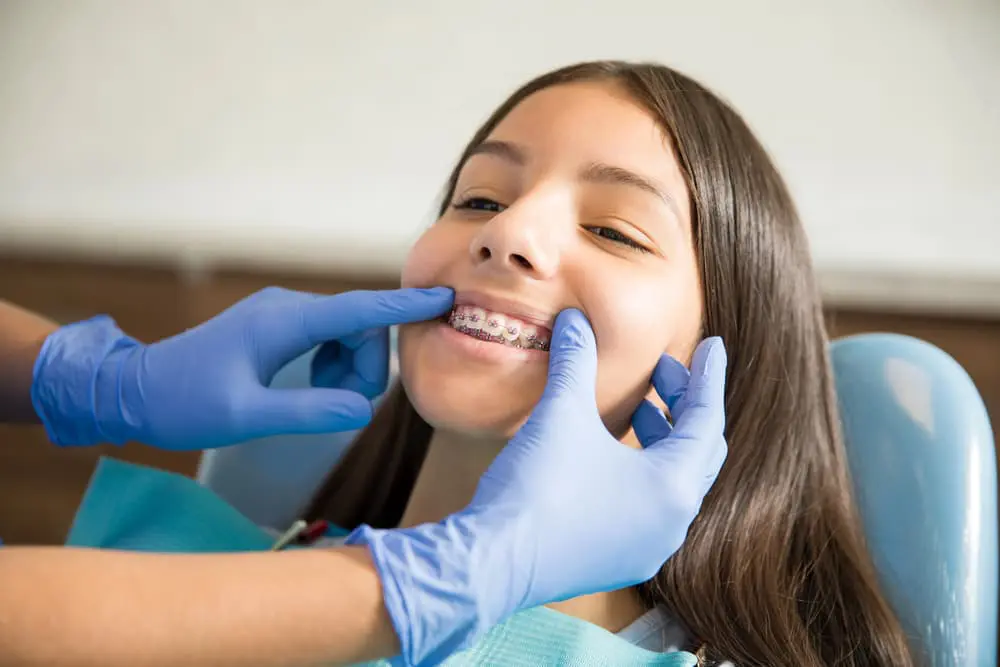
Traditional Braces
Traditional braces have been a staple in orthodontics for many years and remain the most prevalent type of orthodontic device.
Components
Brackets, archwires, and ligature elastics.
Benefits
Effective for severe misalignments, durable, and suitable for a wide range of dental issues.
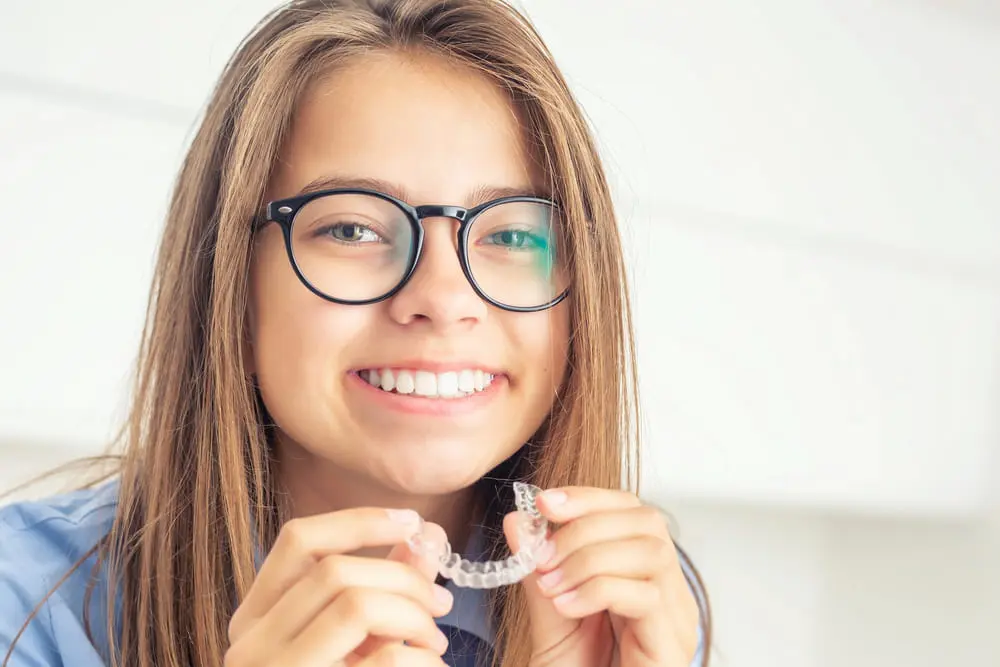
Clear Aligners
Clear aligners represent a contemporary alternative to traditional braces.
How They Work
Use consistent pressure to gradually move teeth, with new aligners replaced every two weeks.
Advantages
Discreet, removable for eating and cleaning, and convenient for oral hygiene.

Functional Appliances
Functional appliances are designed to address issues related to jaw growth. They are typically suggested for children and adolescents.
Types:
Twin Block, Bionator, and Herbst appliances.
Benefits:
Can improve jaw function and facial aesthetics, preventing future dental problems.

Retainers
Retainers are essential to help prevent any shifting back to original alignments.
Types:
Removable (can be taken out for cleaning) and fixed (permanently bonded).
Benefits:
Essential for maintaining the results of orthodontic treatment and a lasting smile.
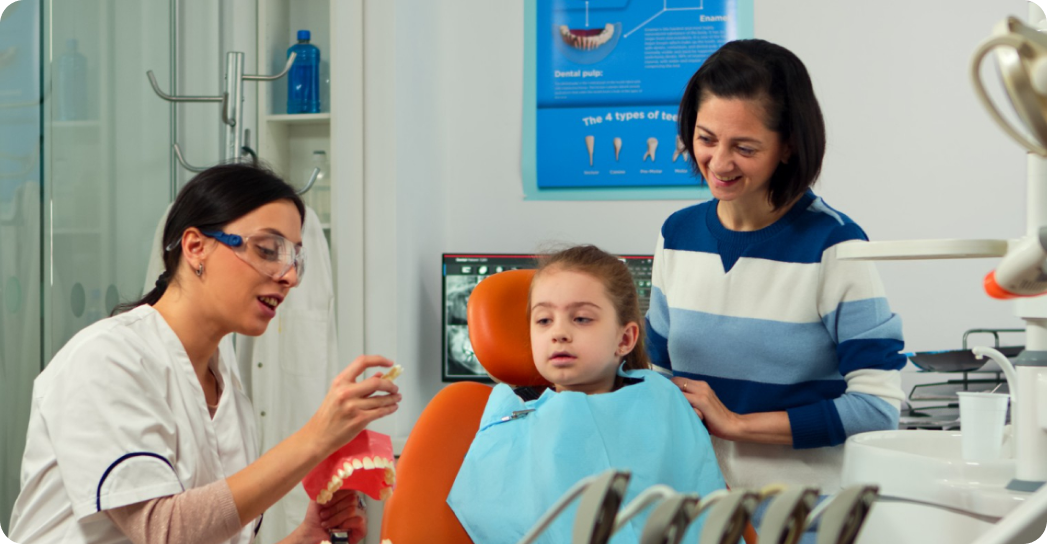
Importance of Early Orthodontic Intervention
Finding the Right Pediatric Orthodontist
When selecting an orthodontist for your child, it’s important to consider their qualifications and experience to ensure they are well-suited to your family’s needs. Look for an orthodontist who has advanced training in orthodontics and experience working with children. Additionally, practical factors such as the office location, convenient hours, and treatment costs, including payment options or insurance coverage, should be taken into account. Taking the time to carefully choose the right orthodontist helps ensure your child receives excellent care and a positive overall experience.
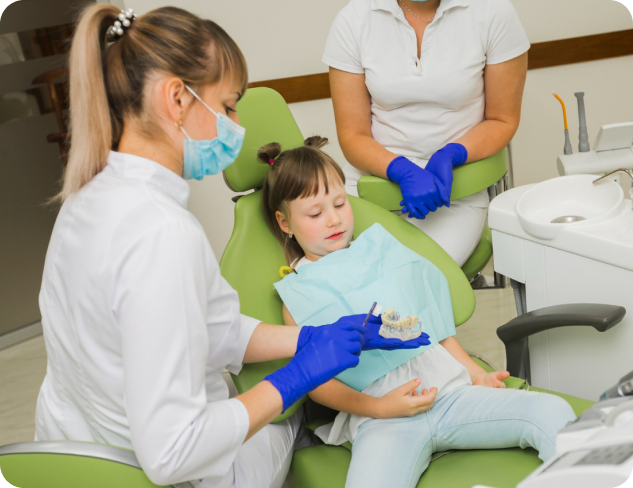
Conclusion
FAQ
What age should a child go to orthodontist?
It’s wonderful that you’re being proactive about your child’s dental health! According to the American Association of Orthodontists, it’s recommended that a child visit an orthodontist for the first time around the age of seven. This might seem early, but it allows the orthodontist to catch and correct any potential issues before they become more serious. Remember, an initial visit doesn’t necessarily mean your child will need treatment right away. It’s more about keeping an eye on their development and making sure everything is on track.
Can a 6 year old see an orthodontist?
Absolutely! A 6-year-old can definitely visit an orthodontist. In fact, the American Association of Orthodontists recommends that children have their first check-up with an orthodontist no later than age 7. This early check-up can help identify any potential issues with jaw growth and emerging teeth. So, if you’re considering an orthodontic visit for your little one, go ahead! It’s a great step towards ensuring a healthy, beautiful smile for your child.
How painful are braces for kids?
It’s perfectly natural for children to experience some mild discomfort or soreness when they first get braces or after having them adjusted. This happens because the braces are working to move their teeth into alignment. The good news is that this discomfort generally fades within a few days and can often be eased with over-the-counter pain relief. In no time, their mouth adjusts to the braces, and they may hardly notice they’re wearing them anymore. So while braces might cause a little temporary discomfort, it’s both manageable and short-lived.